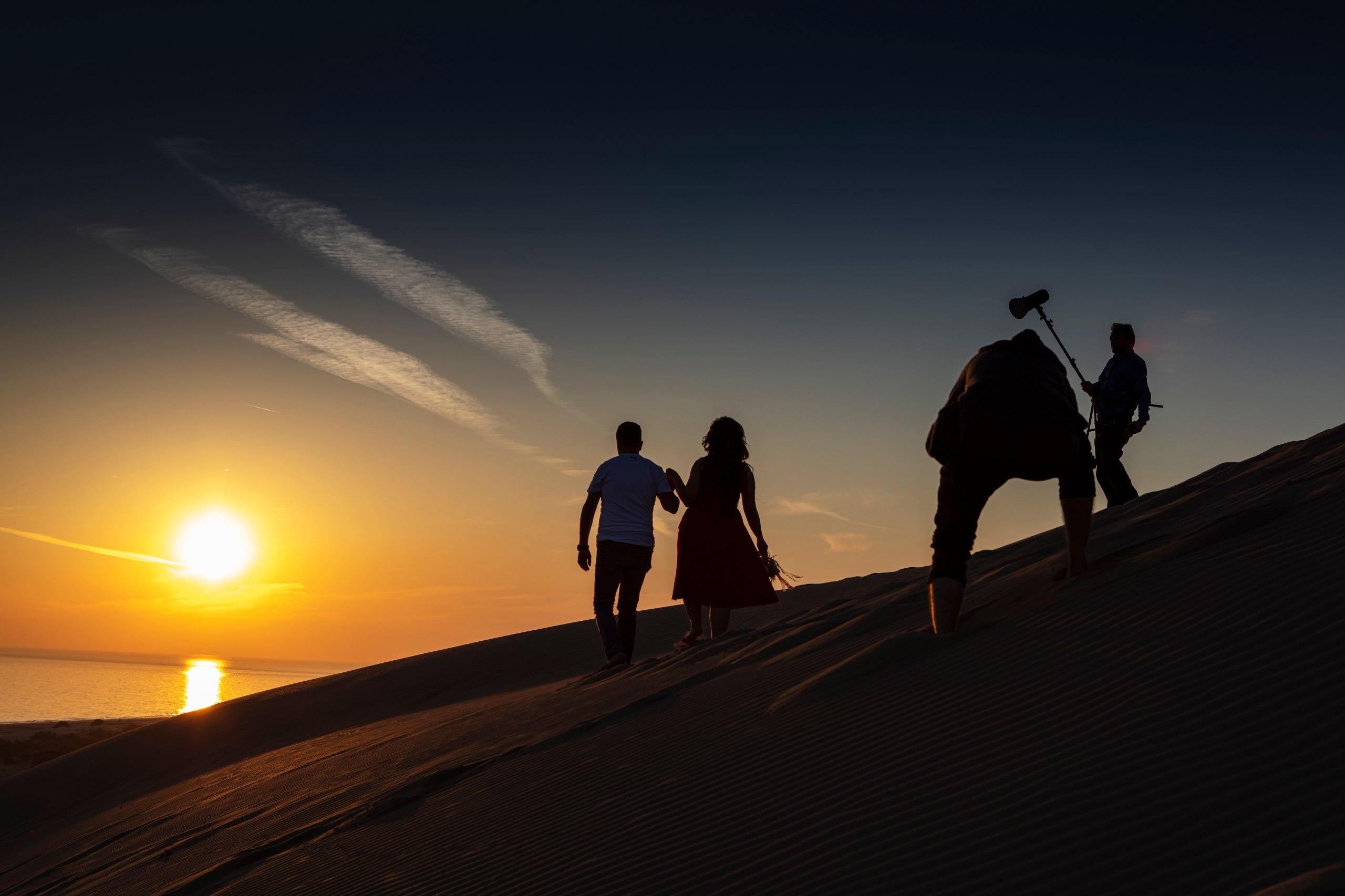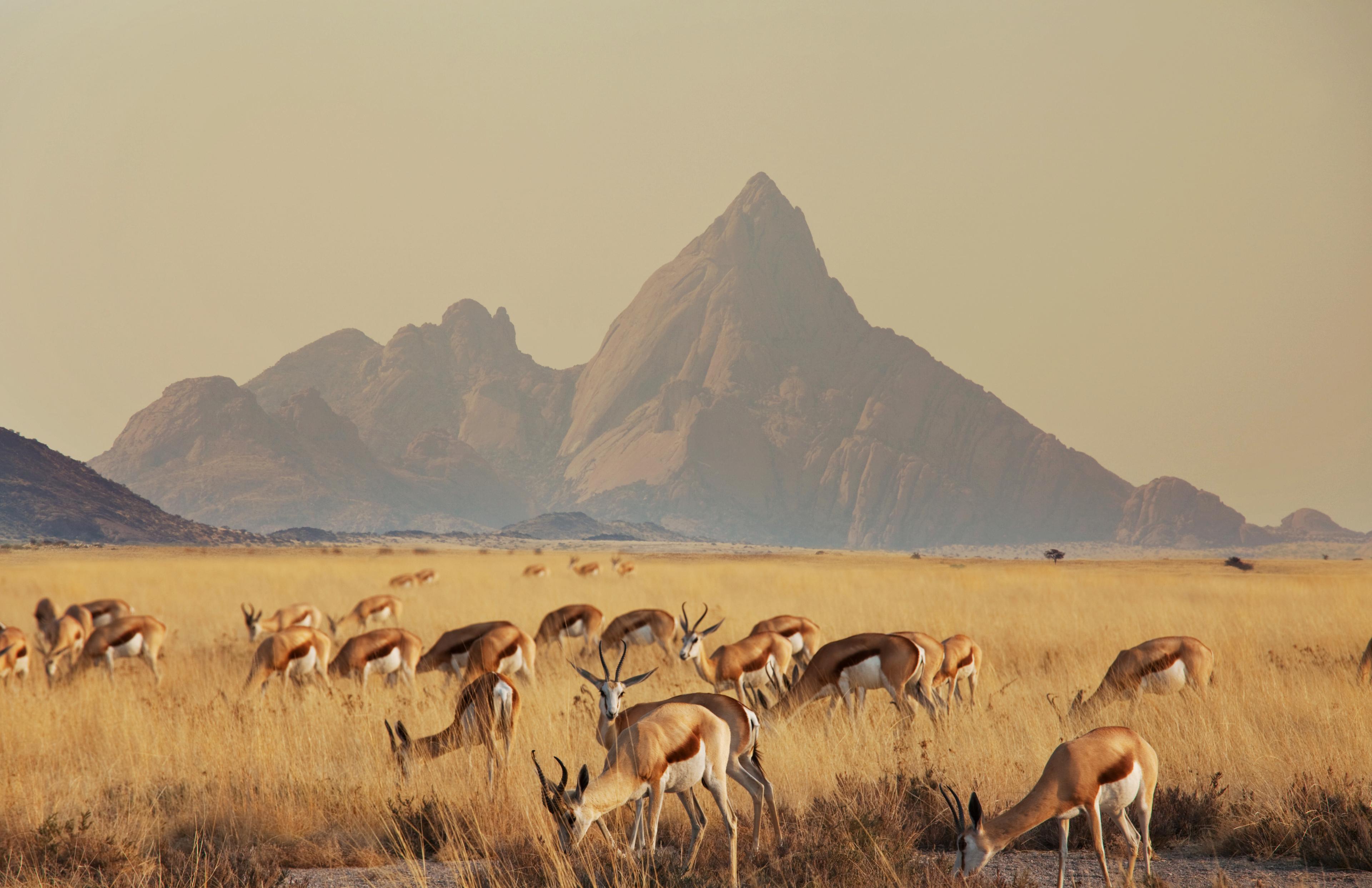Desert Photography: Capturing the Magic of Your Safari Adventure
The desert offers photographers a landscape of extraordinary beauty and contrast – golden dunes sculpted by wind, dramatic shadows, vibrant sunsets, and starry night skies. Whether you're a professional photographer or simply want to capture memorable images with your smartphone, these tips will help you make the most of the photographic opportunities on your desert safari.
Understanding Desert Light
Light is the essence of photography, and desert environments present both challenges and opportunities:
The Golden Hours
The hour after sunrise and the hour before sunset – known as the "golden hours" – provide the most flattering light for desert photography. During these periods:
- The low angle of the sun creates dramatic shadows that emphasize the texture and contours of sand dunes
- The warm golden light enhances the natural colors of the landscape
- The softer light reduces harsh contrasts that can be difficult to capture well
Harsh Midday Light
The intense midday sun creates challenges:
- Extreme contrast between highlights and shadows
- Washed-out colors
- Difficult exposure conditions
However, midday can be excellent for:
- Creating minimalist compositions with strong shadows
- Black and white photography that emphasizes form and texture
- Capturing the harsh reality of the desert environment
Blue Hour
The brief period just before sunrise or just after sunset – known as the "blue hour" – bathes the desert in a cool blue light that creates a magical, otherworldly atmosphere. This is ideal for:
- Capturing the transition between day and night
- Creating moody, atmospheric images
- Photographing desert camps with their warm lights contrasting against the blue ambient light
Essential Equipment
Camera Gear
While professional equipment offers advantages, even smartphone cameras can capture stunning desert images. Consider:
For DSLR/Mirrorless Users:
- Wide-angle lens (16-35mm equivalent) for vast landscapes
- Medium zoom (24-70mm equivalent) for versatility
- Telephoto lens (70-200mm or longer) for wildlife and compressed landscape perspectives
- Polarizing filter to enhance sky color and reduce glare
- Graduated neutral density filters to balance bright skies with darker foregrounds
- Sturdy tripod for low-light conditions and long exposures
For Smartphone Photographers:
- Lens attachments (wide-angle or telephoto) to expand creative options
- Small tripod or stabilizer for sharper images and time-lapse sequences
- Remote shutter release (or use your phone's timer function) for shake-free shots
- Photography apps that offer manual controls for exposure, focus, and white balance
Protective Gear
Desert environments can be harsh on equipment:
- Dust-proof camera bag to protect gear when not in use
- Microfiber cloths for cleaning lenses
- Air blower to remove sand without scratching optics
- Plastic bags or rain covers for unexpected sandstorms
- UV filters to protect front lens elements from scratches
Power and Storage
- Extra batteries – heat drains batteries faster than normal
- Power bank for recharging in remote locations
- Multiple memory cards with sufficient capacity
- Portable hard drive for backing up images if on an extended trip
Composition Techniques for Desert Landscapes
Leading Lines
Sand ripples, vehicle tracks, and footprints create natural leading lines that draw the viewer's eye through your image. Position these elements to guide attention to your main subject or to create depth in your composition.
Rule of Thirds
Divide your frame into thirds both horizontally and vertically, placing key elements at the intersection points or along these lines. This creates more dynamic and balanced compositions than centering everything.
Foreground Interest
Include interesting elements in the foreground – a desert plant, a rock formation, or textured sand – to create depth and scale in your images. This is particularly effective in wide-angle landscape shots.
Scale
Deserts can appear abstract without reference points. Including a person, vehicle, or recognizable object helps viewers comprehend the immense scale of the landscape.
Patterns and Textures
The desert is rich with natural patterns – ripples in the sand, cracks in dried mud, or the geometric precision of dune crests. These can create compelling abstract compositions, especially when captured with side lighting that emphasizes texture.
Negative Space
Embrace the minimalist nature of desert landscapes by incorporating plenty of negative space. A single dune line against an empty sky or a solitary tree in vast sands can create powerful, emotional images.
Specialized Desert Photography Techniques
Panoramas
The vast expanses of desert landscapes lend themselves perfectly to panoramic photography:
- Use a tripod for consistent horizon alignment
- Overlap each frame by about 30%
- Maintain consistent exposure settings between frames
- Consider the position of the sun to avoid flare in some frames
HDR (High Dynamic Range)
Desert scenes often exceed the dynamic range of cameras, with bright skies and shadowed dune faces. HDR techniques can help:
- Bracket exposures (3-5 shots at different exposure values)
- Use a tripod to ensure perfect alignment
- Combine in post-processing with dedicated HDR software
- Aim for natural-looking results rather than over-processed images
Night Photography
Desert skies offer spectacular star-gazing opportunities:
- Use a sturdy tripod and remote release
- Select a wide aperture (f/2.8 or wider if possible)
- Set ISO between 1600-6400 depending on your camera's capabilities
- Use the "500 rule" to determine maximum exposure time before stars blur (500 ÷ focal length = max seconds)
- Consider light painting foreground elements with a flashlight
- Plan around the moon phase – new moons offer darker skies for Milky Way shots
Time-lapse
Capture the changing light or moving clouds over the desert:
- Secure your camera on a stable tripod
- Use an intervalometer or built-in time-lapse function
- Choose an interval appropriate to the speed of movement (10-30 seconds is typical)
- Lock exposure and focus settings to maintain consistency
- Bring extra batteries as time-lapse sequences drain power quickly
Subject Ideas Beyond Landscapes
Wildlife
Desert animals can be elusive but rewarding subjects:
- Use a telephoto lens (200mm or longer)
- Research animal behavior to anticipate movement
- Be patient and respectful of wildlife
- Focus on the eyes and use a fast shutter speed
- Consider including environmental context rather than just close-ups
Cultural Elements
Desert safaris often include cultural experiences:
- Capture traditional performances with slightly slower shutter speeds (1/15-1/60) to show movement
- Use available light rather than flash for authentic atmosphere
- Ask permission before photographing people
- Look for details that tell stories – hands preparing food, artisans at work
- Consider environmental portraits that show people in context
Adventure Activities
Document the excitement of desert activities:
- Use fast shutter speeds (1/500 or faster) to freeze action
- Try burst mode for sequences of movement
- Consider a GoPro or action camera for immersive perspectives
- Protect your gear during dusty activities like dune bashing
- Capture reactions and emotions, not just the activities themselves
Conclusion
Desert photography offers endless creative possibilities, from sweeping landscapes to intimate details, from cultural documentation to abstract art. By understanding the unique qualities of desert light, preparing your equipment appropriately, and applying thoughtful composition techniques, you'll return from your safari with images that capture not just the visual beauty of the desert, but its spirit and essence as well.

.jpg&w=3840&q=75)


